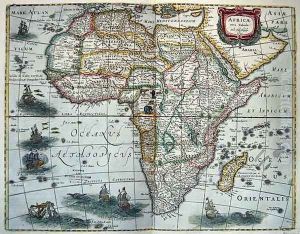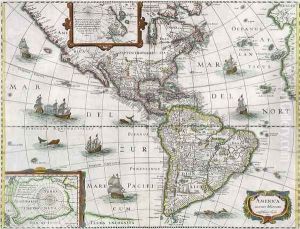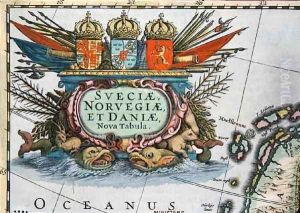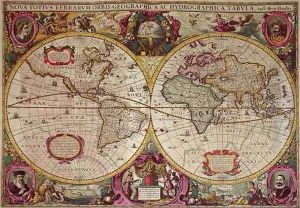Henricus Hondius Paintings
Henricus Hondius II was a prominent Dutch cartographer and engraver born in Amsterdam, the Netherlands, in 1597. He hailed from a famous family of cartographers, artists, and publishers, being the son of Jodocus Hondius who was also a renowned cartographer and who had purchased the plates of Gerard Mercator's Atlas in 1604 to continue its publication. Henricus, following in the footsteps of his father, played a significant role in the cartographic and publishing business during the Golden Age of Dutch cartography.
Hondius' work is particularly noted for his continuation of the Mercator-Hondius Atlas. After his father's death in 1612, Henricus and his brother-in-law, Jan Janssonius, took over the family business. They continued to rework and expand the Atlas, which had been published in several editions since its first release in 1595 under his father's supervision. Henricus not only contributed to the engraving of new maps but also supervised the publication of the atlas as it grew in size and prominence.
In addition to his contributions to the atlas, Hondius also engraved individual maps and collaborated with other cartographers of his time. His maps are known for their decorative elements, detailed cartographic information, and the inclusion of the latest geographical knowledge of the era.
Henricus Hondius' career also witnessed the rise of Amsterdam as a center of cartography and publishing. He, along with contemporaries like Blaeu and Janssonius, helped establish the Dutch reputation for high-quality mapmaking during the 17th century. This period is often referred to as the Golden Age of Dutch Cartography, a time when Dutch maps were highly sought after for their accuracy, detail, and beauty.
Henricus Hondius died in 1651 in Amsterdam. His contributions to cartography continued to influence mapmakers and geographers for generations, and original prints of his maps are still highly valued by collectors and historians today.



